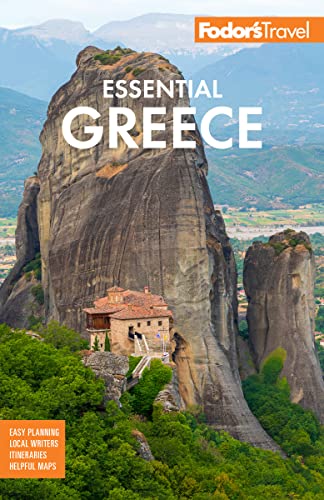At the crossroads of East and West, where North blends into South, Thessaloniki (accent on the "ni") has seen the rise and fall of many civilizations: Macedonian, Hellenic, Roman, Byzantine, Ottoman, and that of the Jews and the modern Greeks. Each of its successive conquerors has plundered, razed, and buried much of what went before. In 1917 a great fire destroyed much of what was left, but the colorful past can still be seen and sensed. The vibrant city with close to 1.5 million inhabitants today—also known as Thessalonike, Saloniki, Salonika, or Salonica—has a spacious, orderly layout that is partly a result of French architect Ernest Hébrard, who rebuilt the city after the fire.
Though Thessaloniki has suburbanized since the 1990s, sprawling to the east and west, the old part of the city is fairly centralized and easy to get used to. Whether you're in Ano Polis (Upper City) or along the lively seaside promenade, long, leisurely walks here are well rewarded; you will come across parks, squares, old neighborhoods with narrow alleyways and gardens, courtyards draped with laundry, neoclassical mansions, and some of the more than 50 churches and 40 monasteries. Thessaloniki's Early Christian and Byzantine monuments, with their distinctive architecture and magnificent mosaics, are UNESCO World Heritage sites. The ever-changing nature of the city continues as neighborhoods like Ladadika, a former warehouse district (which got its name from the olives and olive oil or ladi stored here), have been recycled into pedestrian zones of restaurants and clubs. The neighborhood is filled with young and old, strolling by fountains, snapping fingers to the music in the air, and savoring mezedes and microbrews at tables spilling onto the stone squares.
One of the most alluring aspects of Greece's "second capital" is its vibrant cultural scene—annually people travel here from across the globe to attend the city's two major film festivals, the Thessaloniki International Film Festival and the International Documentary Film Festival, both of which offer numerous parallel events like exhibitions, workshops, and performances, as well as several other independent film, music, theater, dance, and gastronomy festivals throughout the year. Its intricate cultural character is also reflected in its quarters, such as the Jewish section, and the impressive museums, buildings, restaurants, and shops associated with them.





